Not a member yet? Sign Up!
Info
Please use real email address to activate your registration
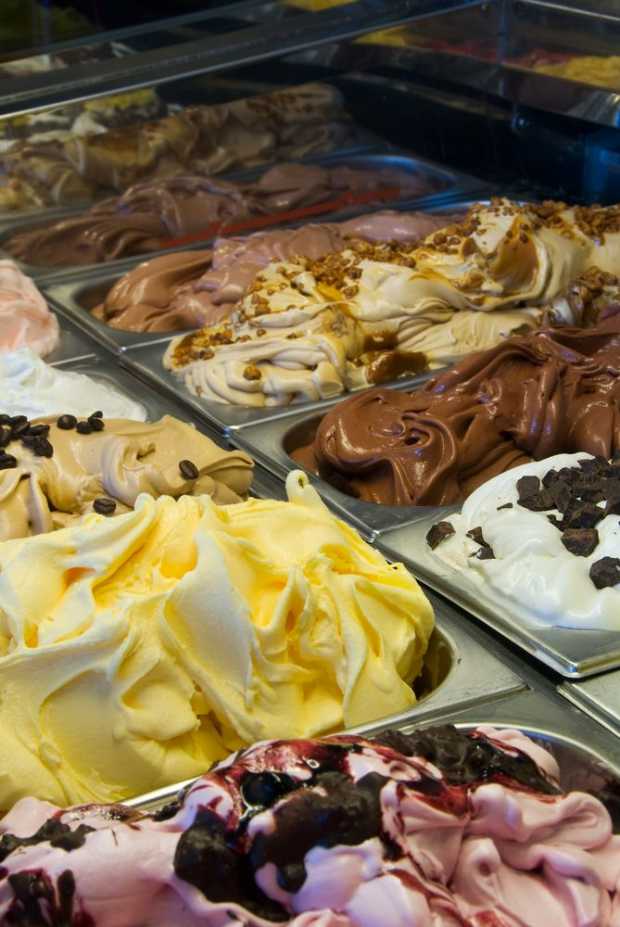
After blogging about the University of Coffee, our guest blogger Ria Lihayati an Indonesian student studying at Universita della Calabria, Italy went to Gelato University and sent us another post.
-------------------
Impressed with the University of Coffee in Trieste, we headed to Bologna, a 4-hour journey by train. We arrived at the city to visit a campus in a charming commune Anzola dell'Emilia. Located approximately 20 km from the city center of Bologna this small town is home to Carpigiani Gelato University.
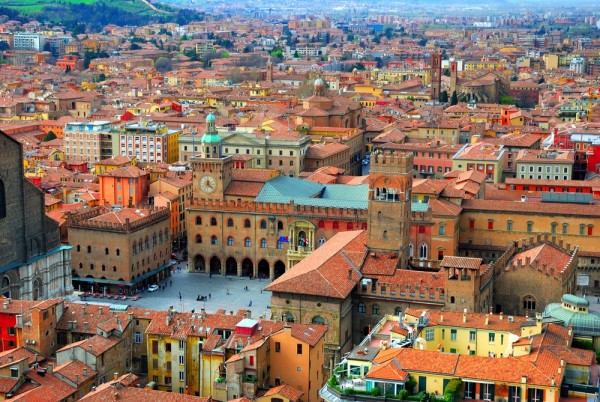
The University's mission is to lay the basis for a worldwide gelato culture, stressing not just one product, but a huge variety of natural foods.
Gelato vs. ice cream
Gelato is an Italian style ice cream, but is different than ice cream as Italian gelato contains less fat than ice cream, has less incorporated air, and is served at a higher temperature.
Authentic Italian gelato, according to the university, is produced fresh practically every day in relatively small quantities, is sold directly to the public, and is available in a large number of flavors - usually based on fresh ingredients that make the gelato creamy and colorful.
At Gelato University, where every year thousands of students come from all over the world, we were fortunate to get an explanation directly from Ms. Kaori Ito, the Director of the Carpigiani Gelato University who is fluent in English and Italian.
A selection of courses are available at the central campus located in Anzola dell’Emilia, Bologna, Italy, as well as in other branches in the United States, United Kingdom, Japan, Australia, Africa, South America and China.
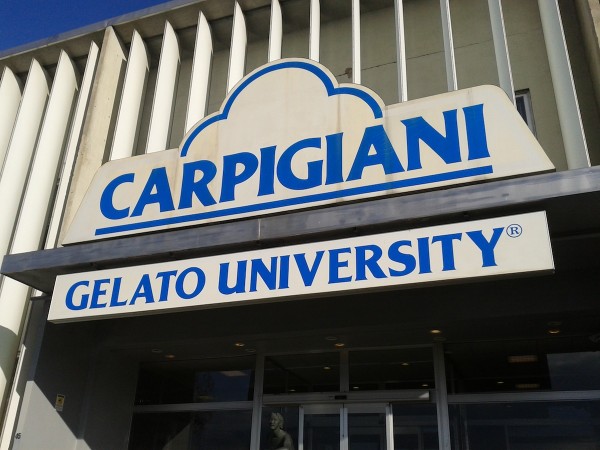
Becoming a gelatiere
Students can become a gelatiere in 4 weeks through several stages of aproximately 5 days each.
In part 1, students learn to produce gelato, sorbets, gelato pastries, stick gelato and take-away gelato.
In part 2, students learn how to produce cream and fruit gelato, with sugar or sugar-free; gelato for people with food intolerance, made with soy or rice; cremolada and granite; yogurt and frozen yogurt; stick gelato and sorbets; whipped gelato and gelato pastries; single portion pastries and chocolates for gelatiere.
In part 3, students learn the production of classic and innovative gelato cakes, icing, frosted stick gelato, semifreddo, bavarian and desserts. Also the production of filling cream for single portion pastries, pralines and chocolate spreads.
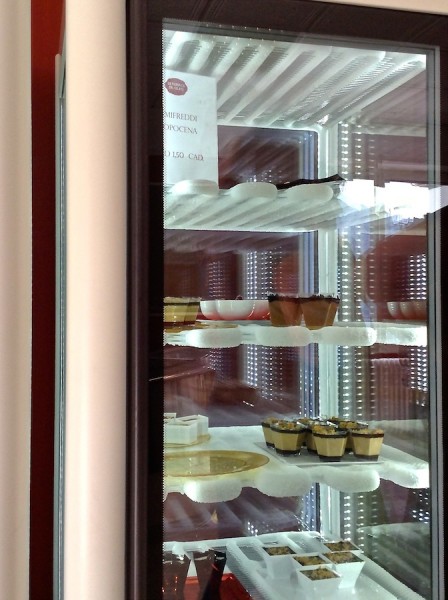
The last part is an intensive internship, a four-day full-immersion of hands-on work in a real gelateria, guided by tutors in every step of the way.
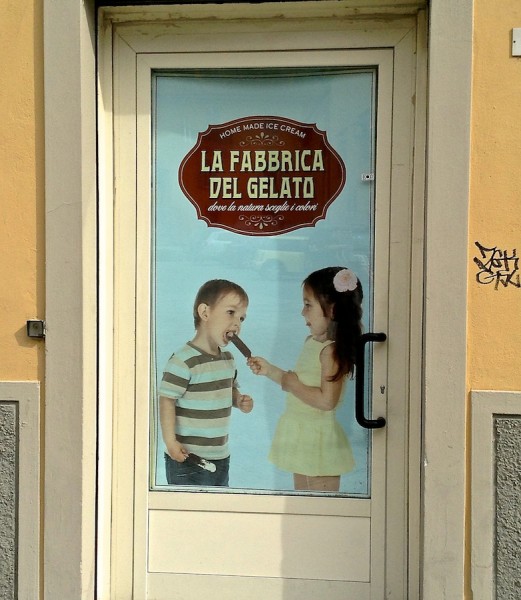
All in all, to become a gelatiere students undergo 150 hours of complete training, including 90 hours in classrooms, 30 hours of hands-on practice and 30 hours working in a Gelateria.
Click here to see the clip on gelato making and its culture.
Gelato University also offers specialization courses for professional gelatiere, and online courses, among others on milk-based gelato, and sorbet & fruit based gelato.
Gelato museum
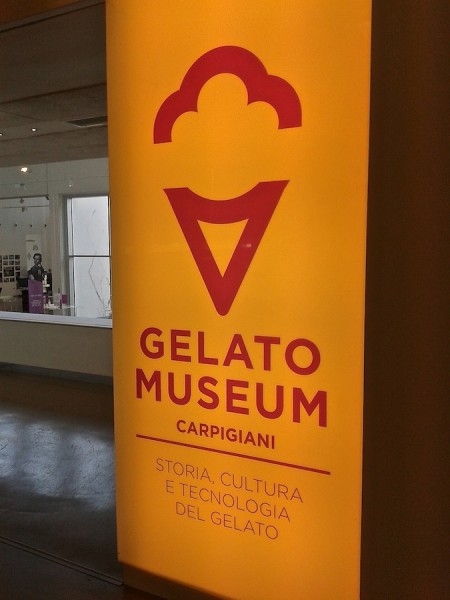
Carpigiani, founded in 1946 by Bruto and Poerio Carpigiani, has established itself as the market leader in the production of machines for gourmet gelato.
We toured the Gelato Museum to see how gelato machine progressed over the years. Currently Carpigiani has machines for artisan, catering, soft, pastry, whipped cream, and a combined unit.
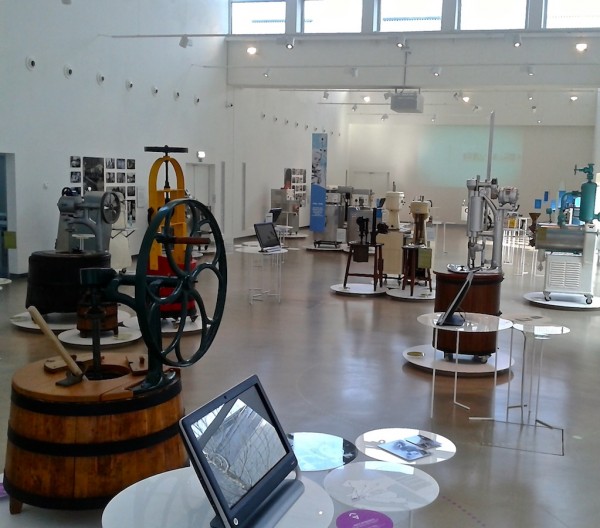
Carpigiani Gelato University offers gelato courses for entrepreneurs of every level. The course Gelato Week Retail Pioneer, for example, aims to equip students with all the tools and knowhow to start up and manage a successful business with a chance of winning Gelato Pioneer Scholarship.
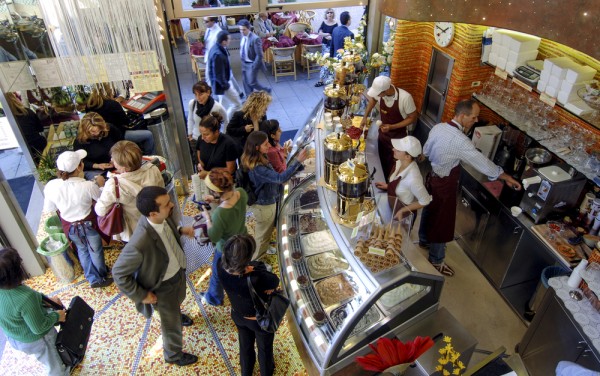
------------------------------
Text: Ria Lihayati
Images:
Shutterstock- Cover: Howard Sandler, Bologna: Claudio Zaccherini, Gelato parlor: Paolo Bona
Ria Lihayati: Carpigiani University and Museum
Gelato University: students
Omar Niode Foundation: all other pictures